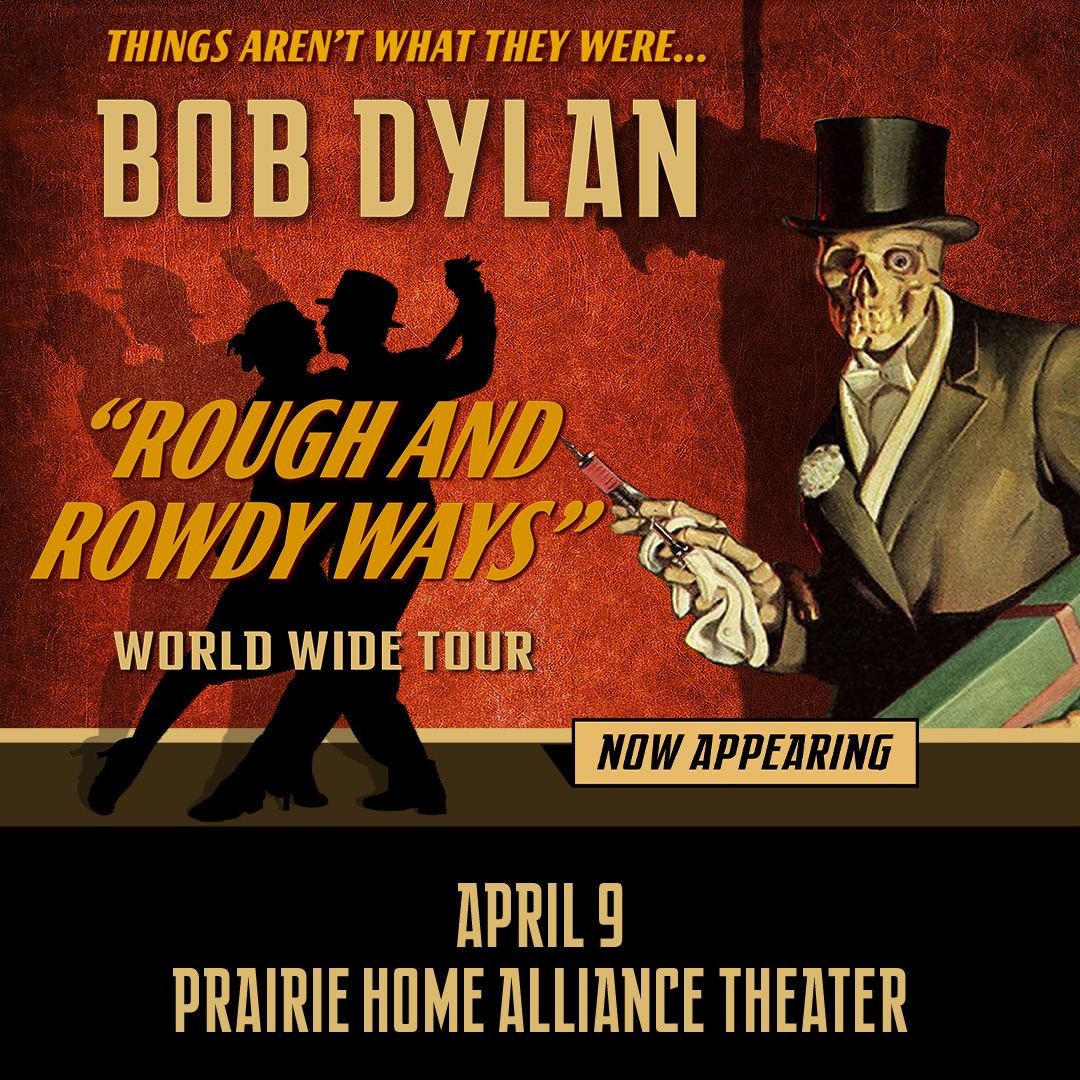AEG Global Touring Presents:
Bob Dylan
Rough & Rowdy Ways Tour

Bob Dylan:
One of the greatest figures of the 20th century, Bob Dylan helped shape the sound and form of popular music in the rock & roll era. Dylan emerged from the Greenwich Village folk scene in the early 1960s, earning a reputation as a perceptive, powerful songwriter, equally capable of penning a protest anthem or a romantic love song. His flair for impressionistic, stream-of-conscious lyrics marked a shift within folk music, an evolution Dylan also introduced to rock & roll when he picked up an electric guitar in 1965. Over the course of 18 months, he released Bringing It All Back Home, Highway 61 Revisited and Blonde on Blonde, a trio of records that broadened the vocabulary of rock & roll, placing Dylan at the cutting edge of popular culture. Although he subsequently stepped away from the zeitgeist, his restless, occasionally messy work of the ’70s and the ’80s expanded his formidable songbook through a combination of classic albums (Blood on the Tracks) and intriguing detours (Empire Burlesque). By the end of the ’90s, Dylan established himself as a road warrior — his ceaseless concerts were unofficially dubbed “the Never-Ending Tour” — and righted his recording career, developing a raucous, robust blend of roadhouse blues, rockabilly, torch songs, and folk showcased on the Grammy-winning albums Love and Theft and Modern Times, as well as his acclaimed 2020 record Rough and Rowdy Ways.

